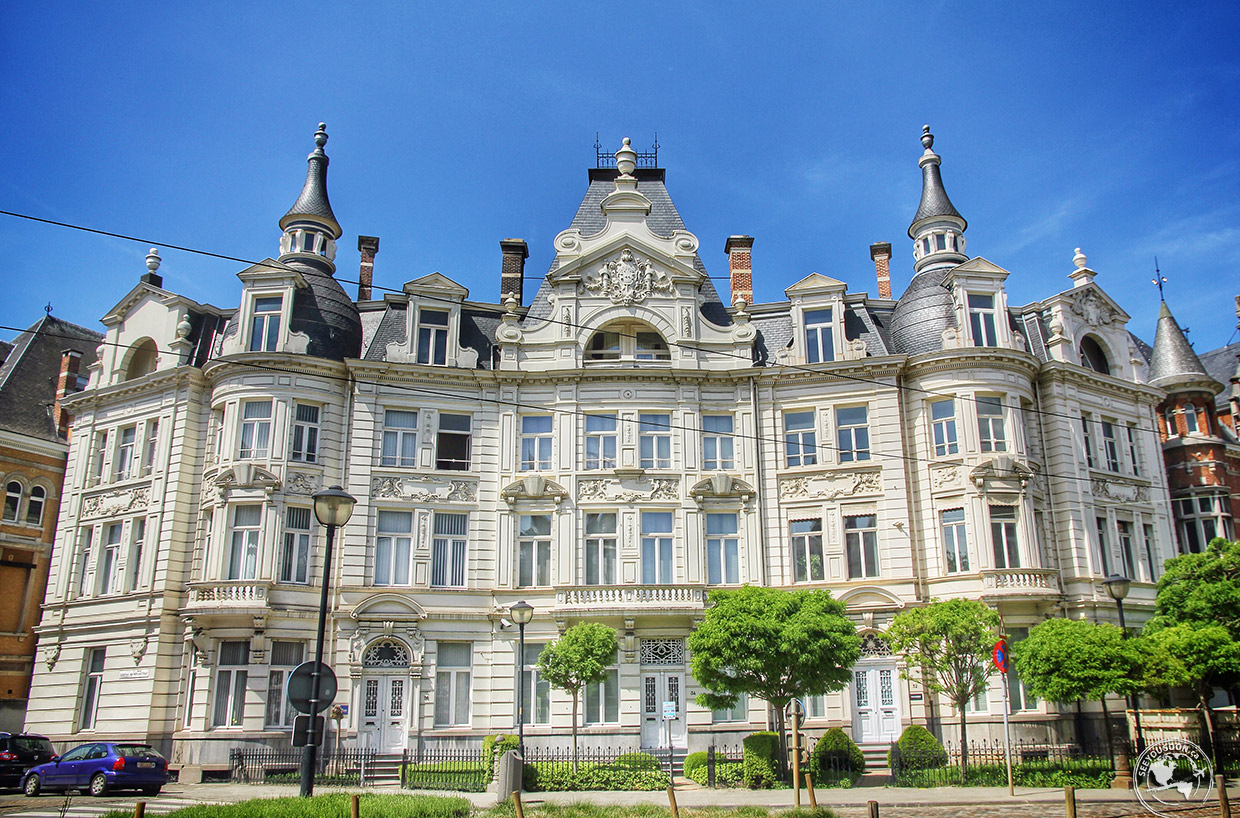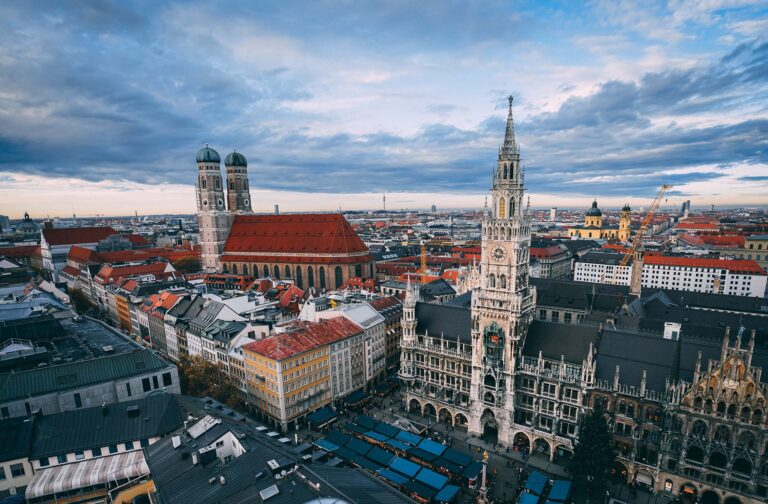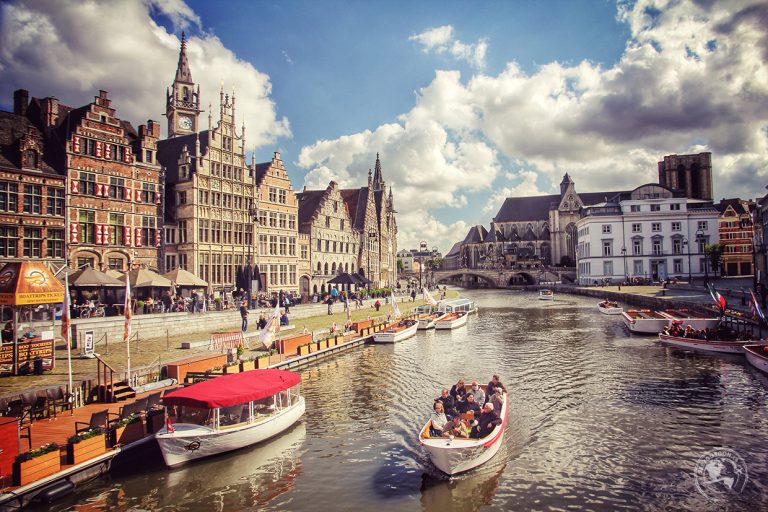Photo Essay: The Mini Castles of Antwerp
South-east of the city of Antwerp, near the Berchem train station, is an area of townhomes with architecture that’s out of this world. Various architectural styles live side by side including Art Nouveau, Neo-Classicism, Art Deco, Moorish, and Baroque. These homes are large and imposing and have been nicknamed the ‘mini castles of Antwerp’. It’s hard to imagine then that these homes were slated for demolition in the 1960s.
Between 1894 and 1908, Edouard Osy and John Cogels turned this former farmland into a residential street for the affluent and prestigious families. It was the “new rich” area of Antwerp. Unlike the historic centre, different architectural styles were encouraged, homes included front yards, gables, and wrought-iron detailing, and the main street was built fairly wide with the homes set back from the road.
But after WWII, the homes became much more difficult to sustain. They were too big and required too much energy to run. By the 1960s, the lack of maintenance was starting to show and the city started making plans to transform the area into a commercial and business area. This idea didn’t exactly go over very well with some people, so a group of predominantly artists bought them cheaply and saved the neighbourhood from destruction.
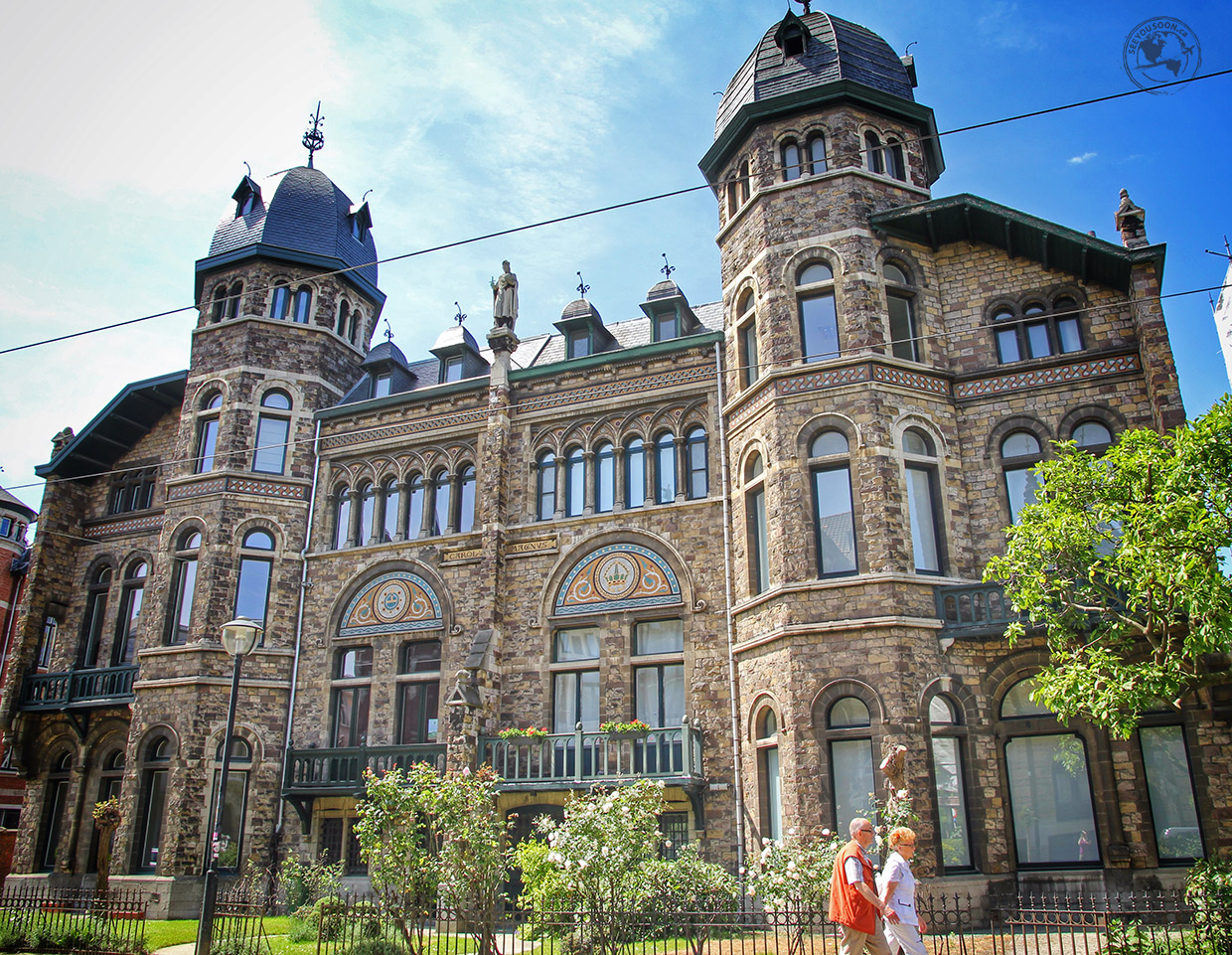
Since 1984, these mini castles have been protected by the Flemish government. There are 88 homes in total and all but 3 of them have been preserved almost entirely to their original state.
The majority of the homes can been found along Cogels-Osy lei (the main street named after the men who founded the area) and have various names like The Sunflower, The Rose, and The Tulip.
The area is a real gem in Antwerp and a definite must-see, especially if you’re into architecture. The streets around Cogels-Osy lei are also worth a visit, including the ‘Golden Triangle of Art Nouveau’ made up of Cogels-Osy lei, Transvaalstraat, and Waterloostraat. The details on the homes are incredible, including the tile work and woodcarvings.
Below are a collection of photos from the area starting off with some of the mini castles of Antwerp.
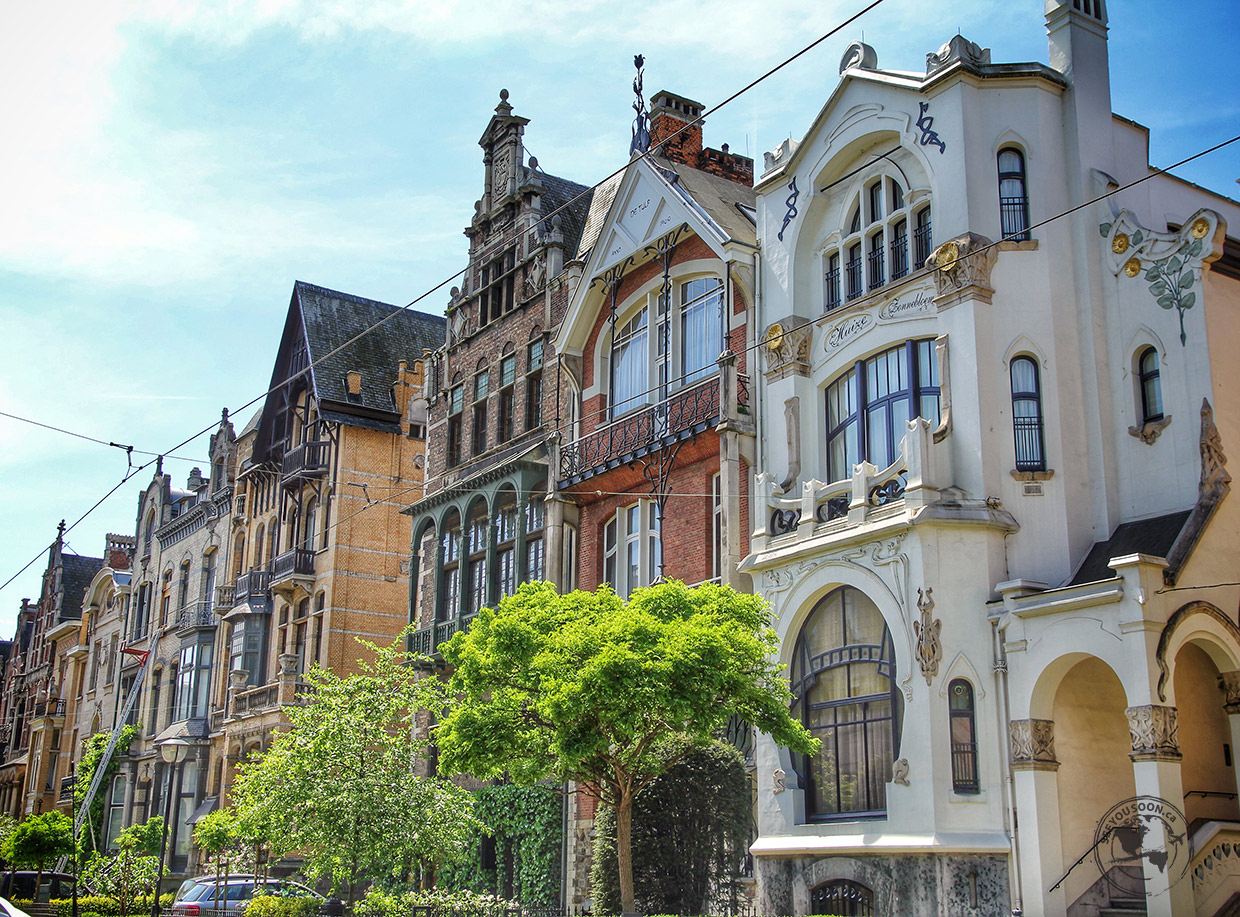

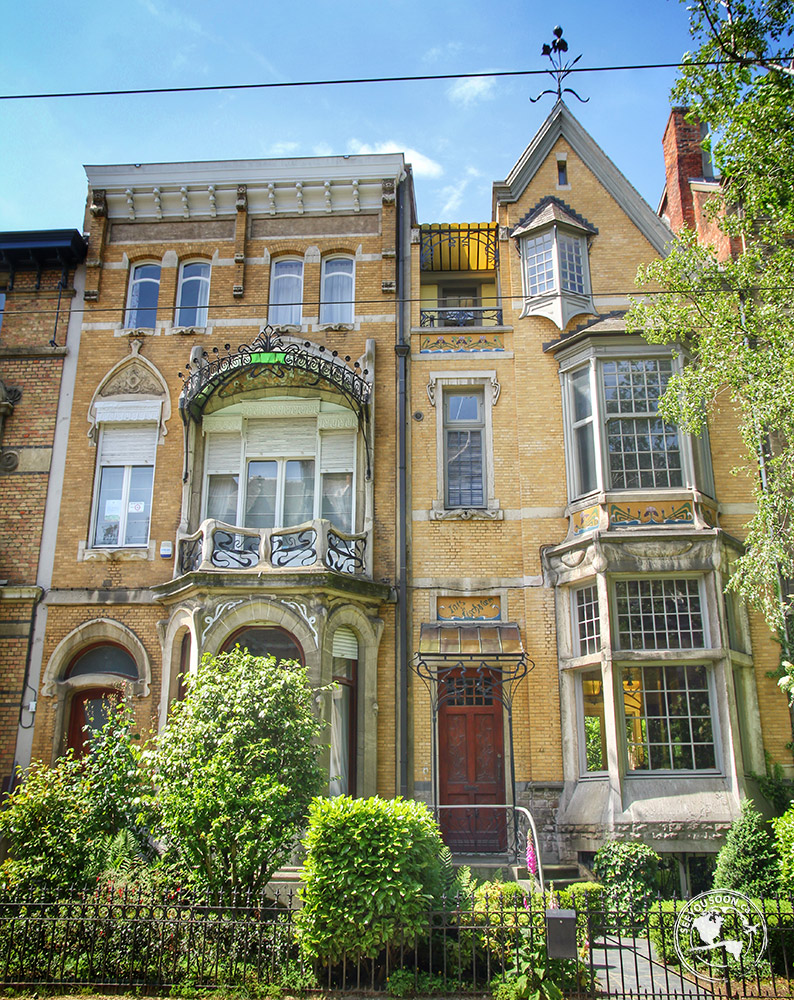

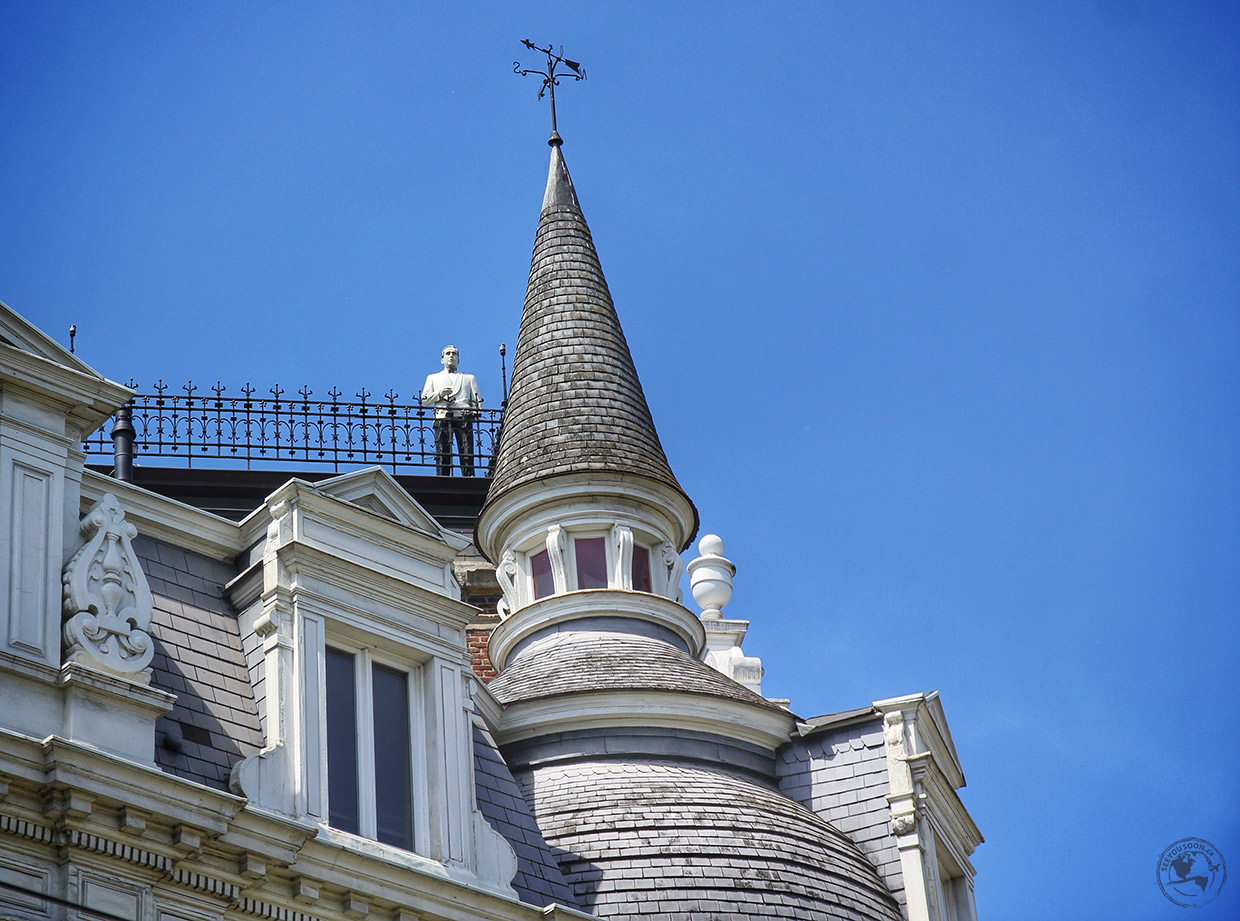
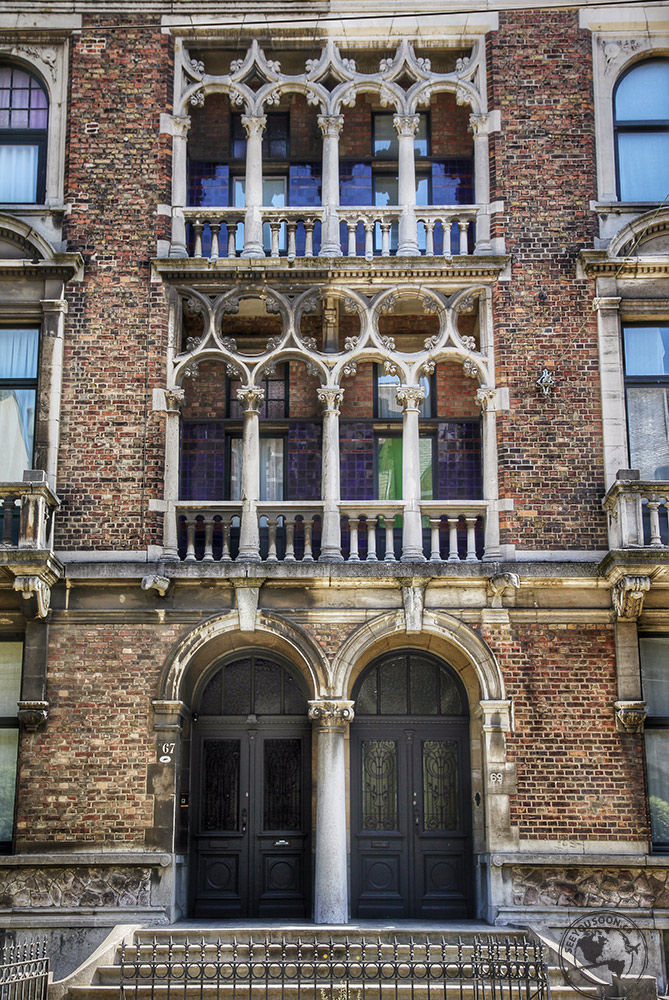
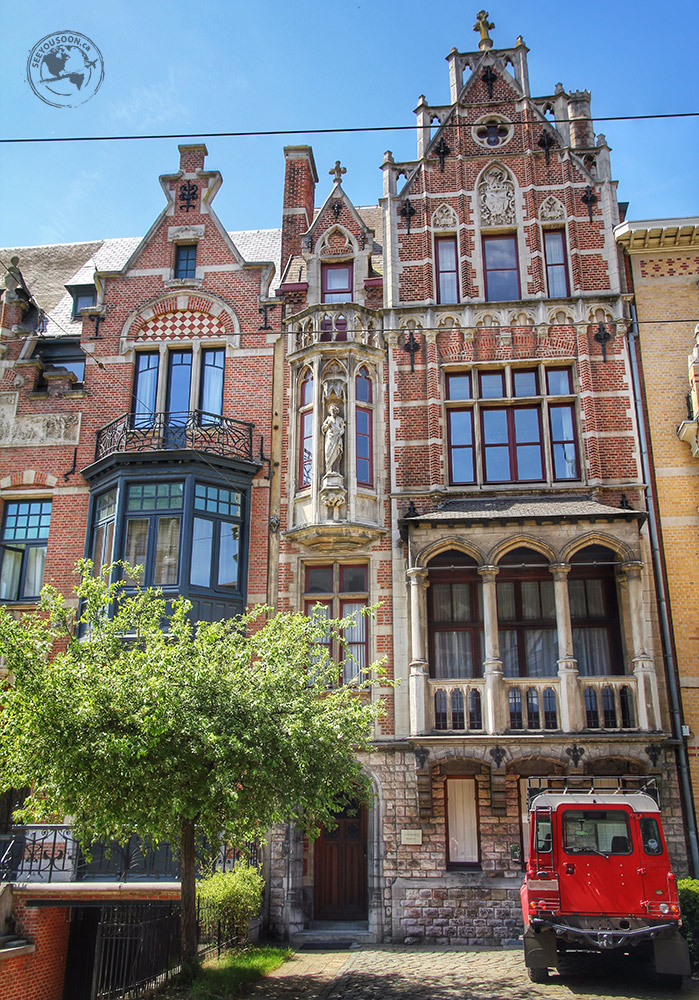
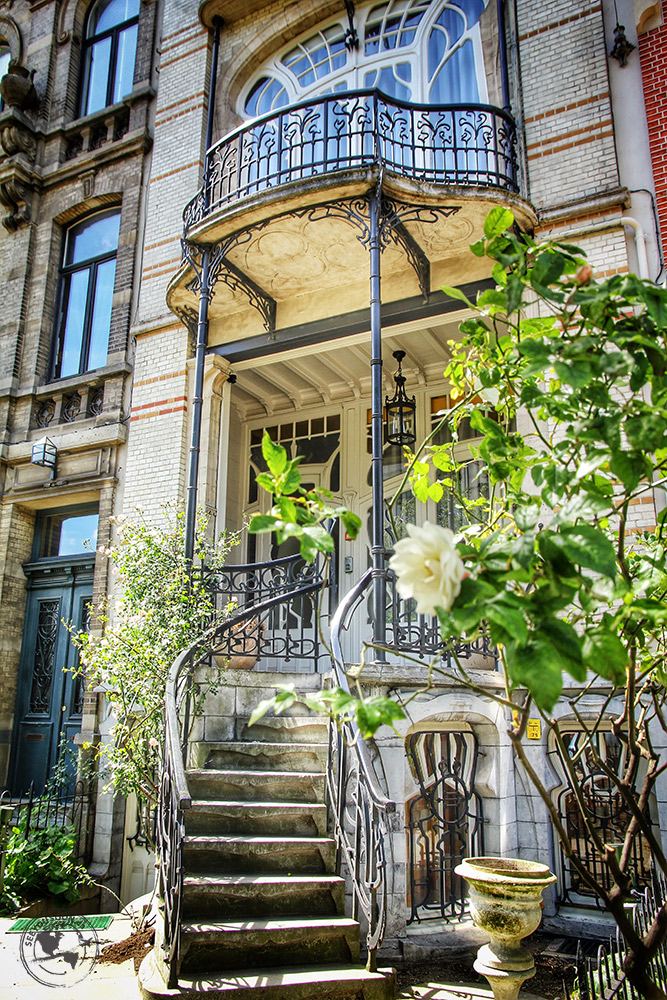
And now for some of the finer details from homes off the main Cogels-Osylei street.
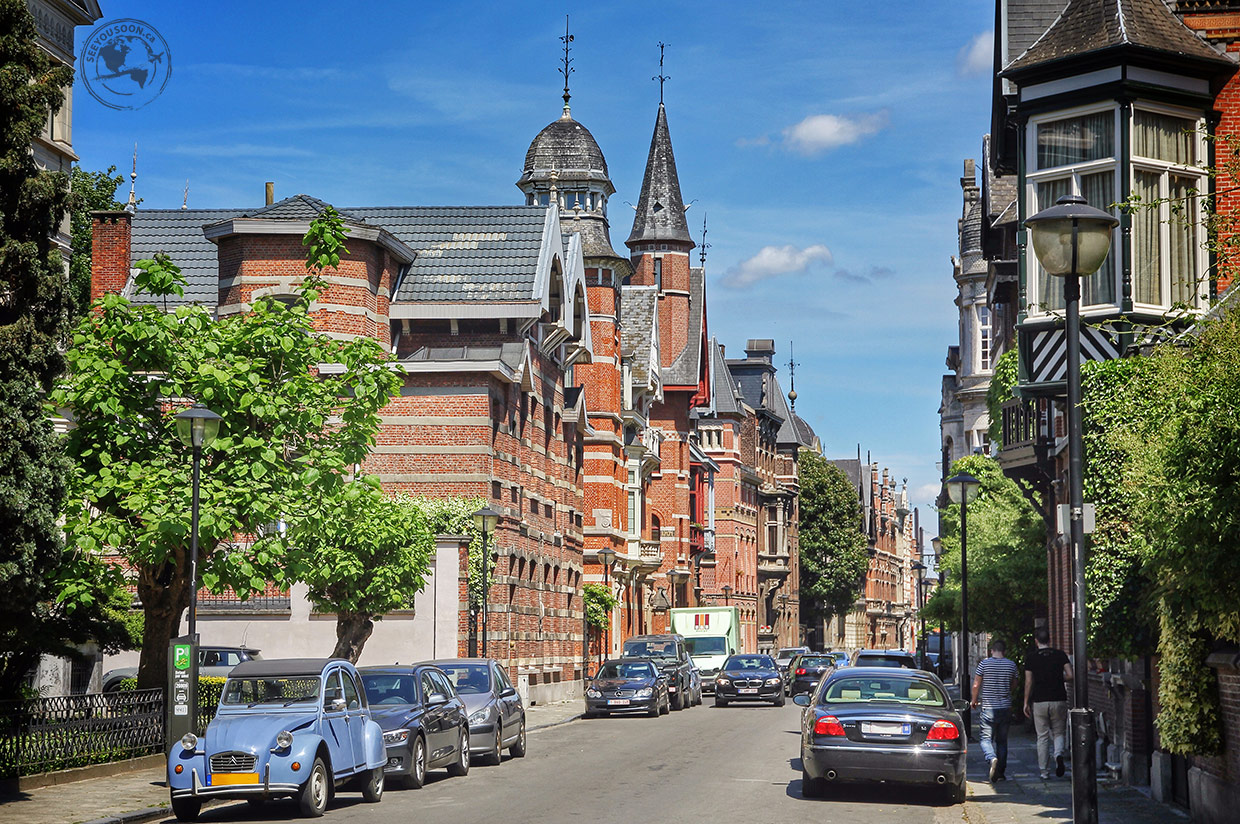
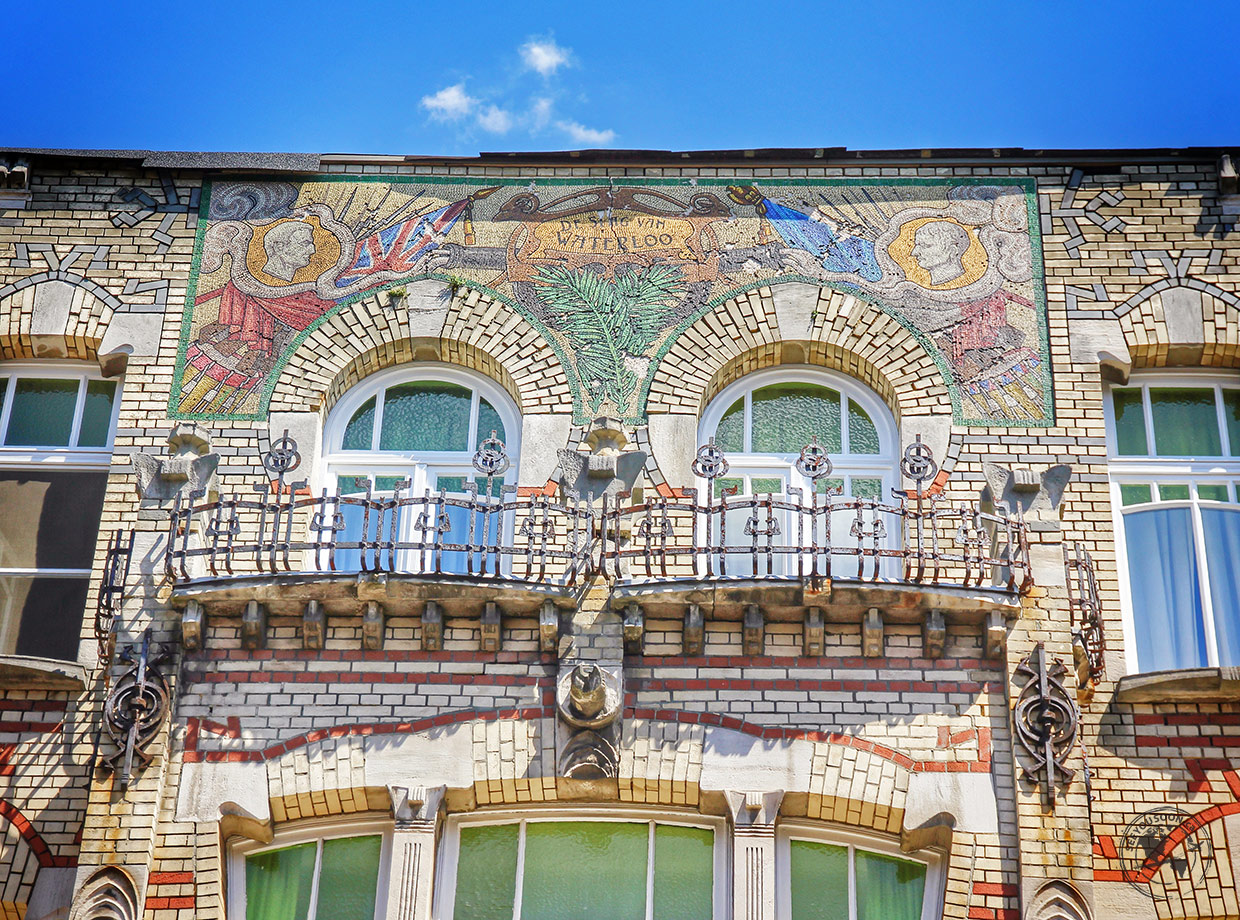
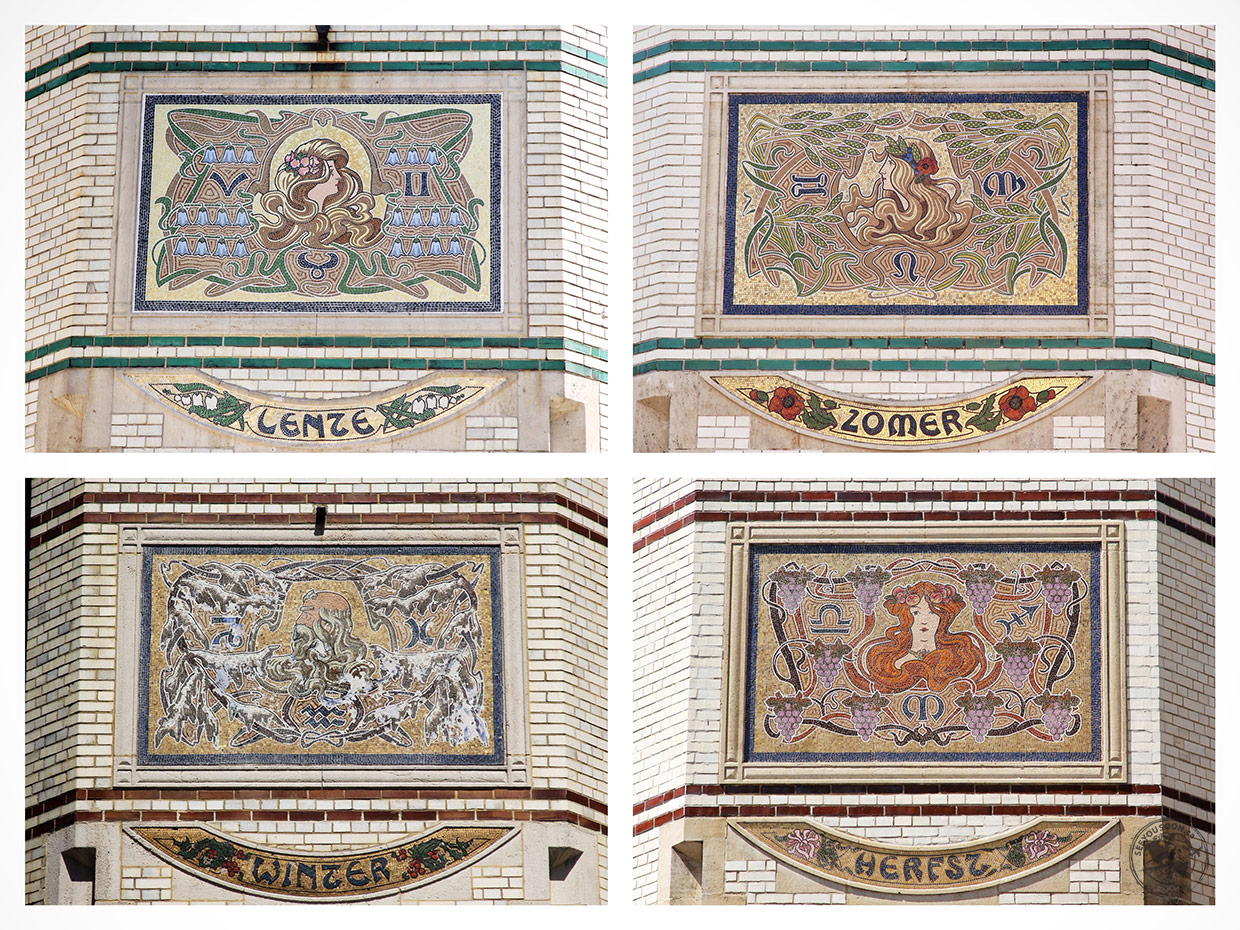
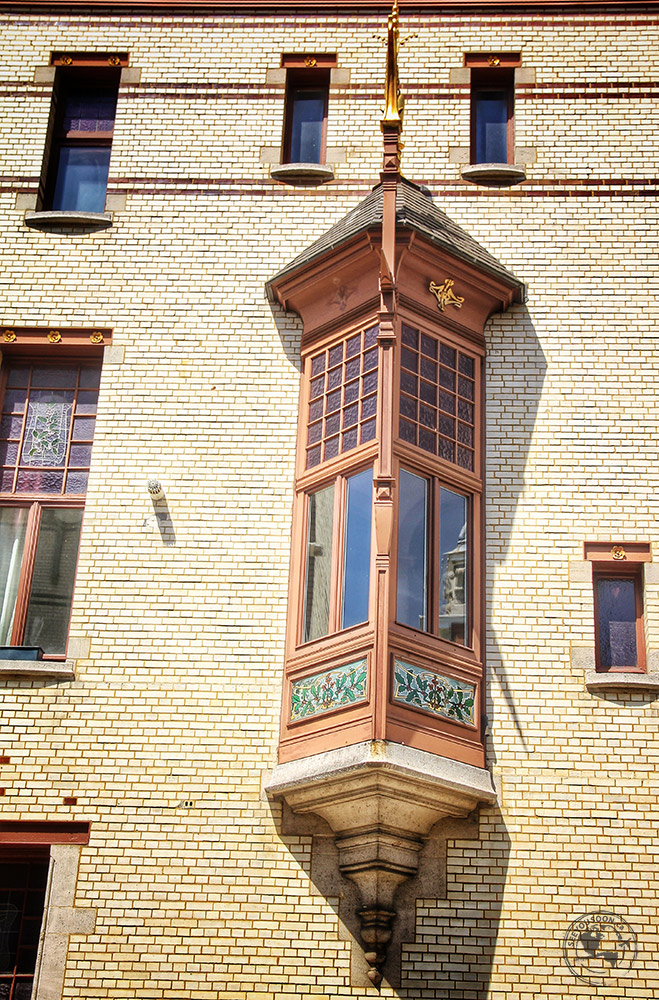
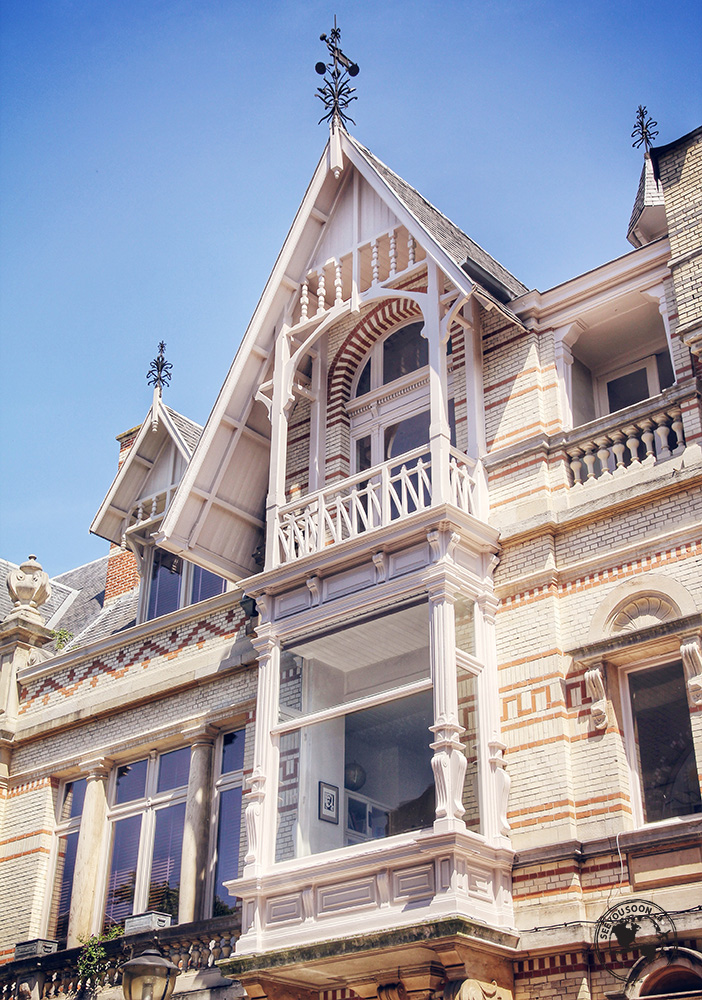

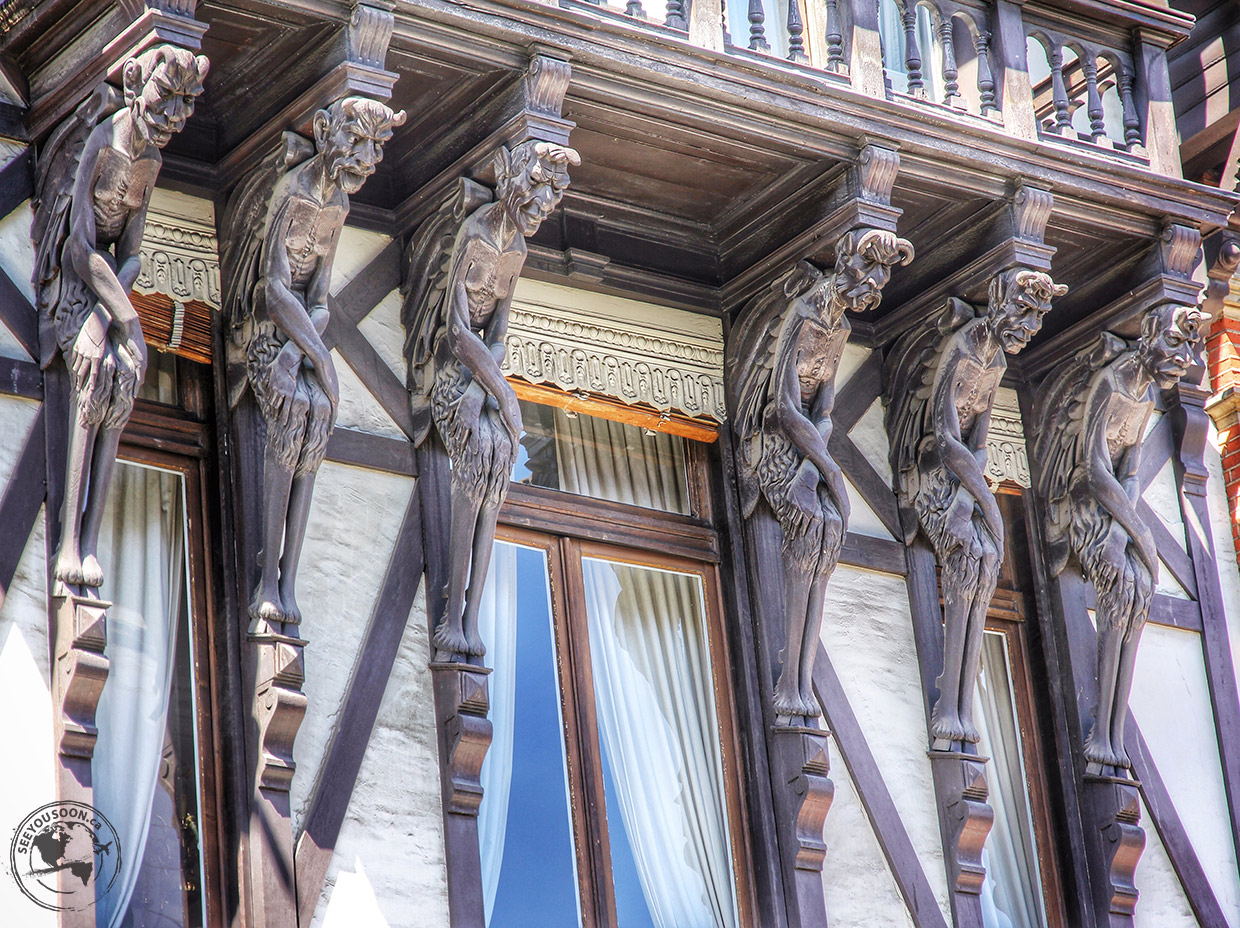
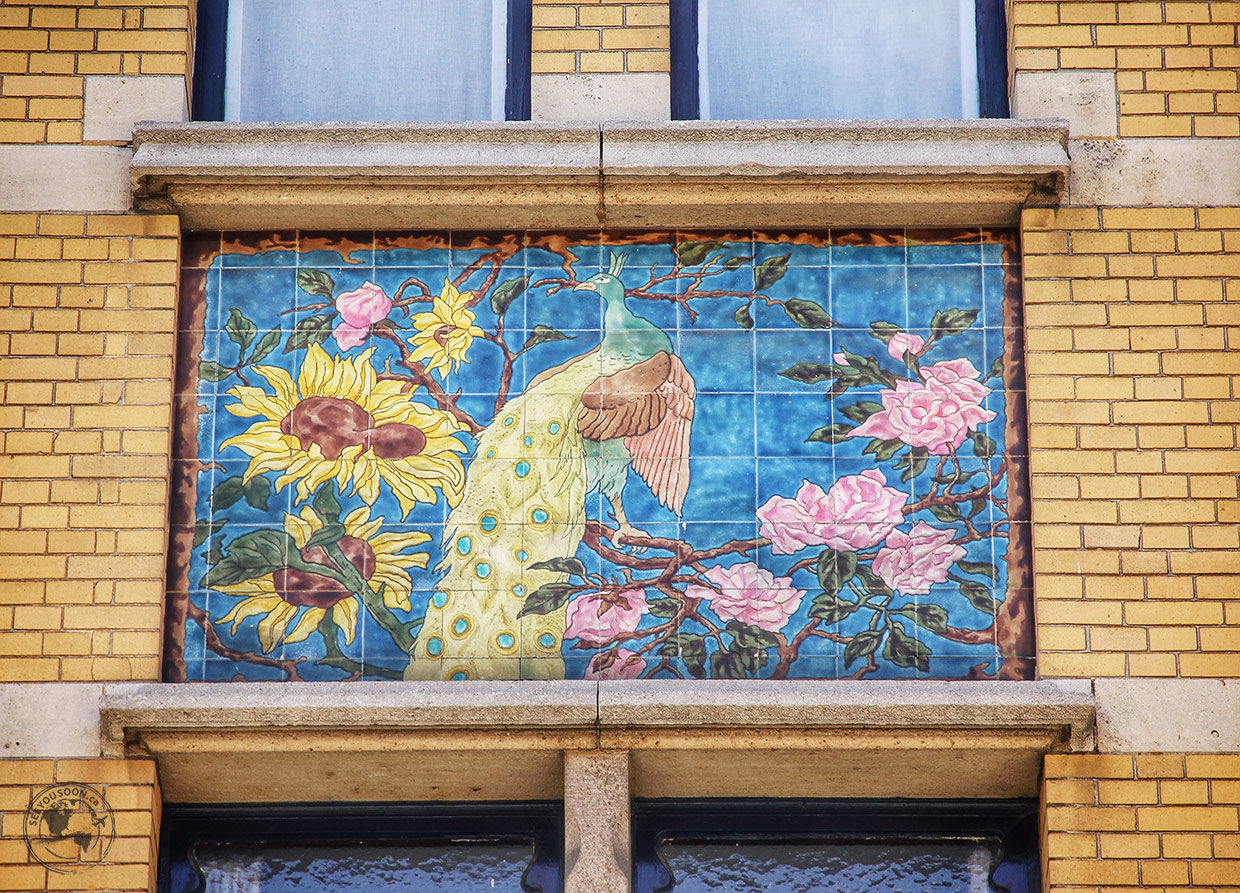
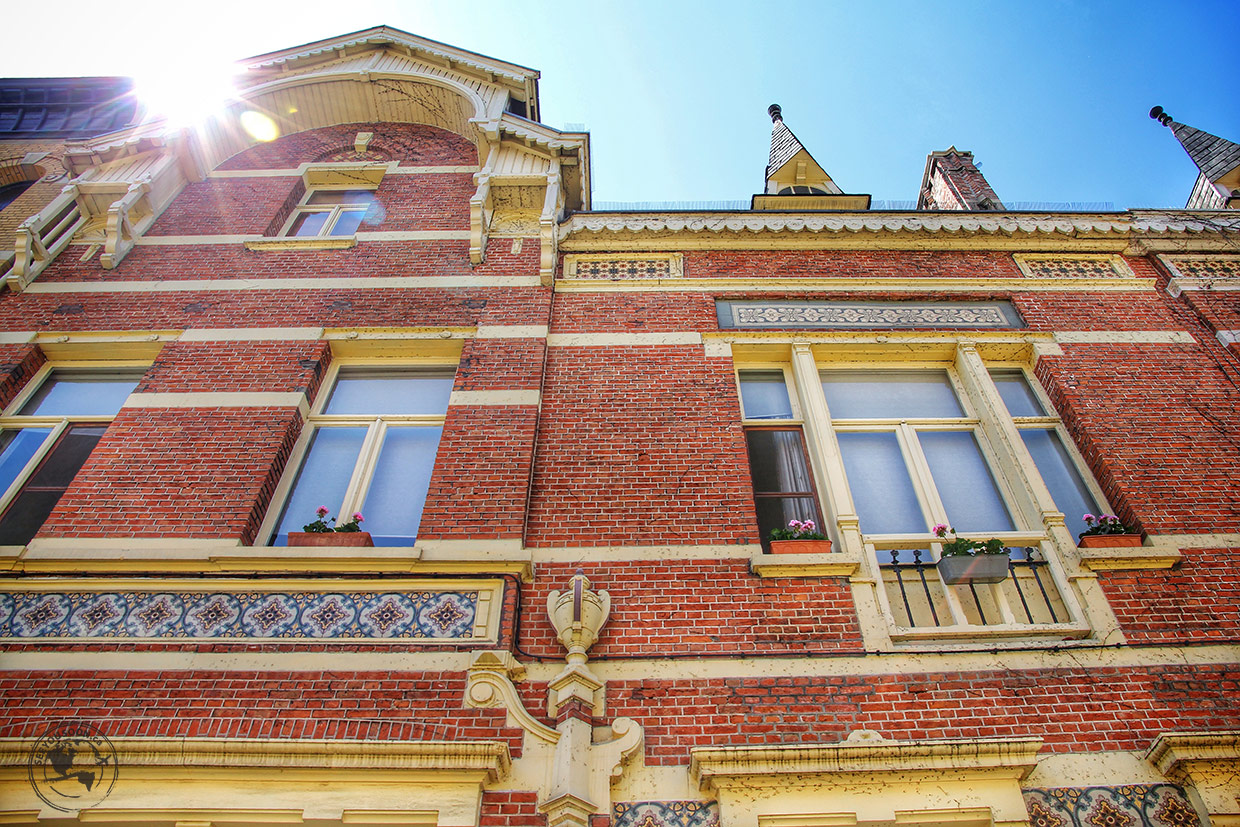
How To Get There:
-
- By Bike: grab a Velo and bike the 2km distance (easiest method)
- By Train: One stop south from Antwerp Centraal Station to Berchem Station, then walk north to Cogels Osylei.
